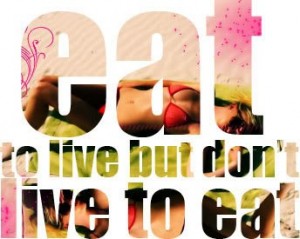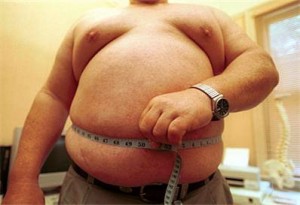For most of our friends, packing a healthy school lunch that your kids actually enjoy is a challenge. From complaints of gluten-free bread not being soft and missing out on school lunches, most parents I know have heard it all. So when Van’s sent us a pack of their newest addition to the gluten-free packaged products, we were happy to taste test. If we could find a yummy and healthy gluten free cracker that our son enjoys in his lunchbox (instead of pop chips) then we’re winning. And since we already love the gluten-free frozen waffles and healthy cereal options they currently offer, we figured this would be another home run.
So, our son happily ripped open a bag of their new, Say Cheese! crackers and after the first couple of bites it was clear he liked them. After he happily ate the whole bag, we knew we had a winner. So we tried them ourselves. Trust me, you will love them.
To say these are reminiscent of smoky Cheeze It’s is only a slight stretch. While they don’t leave that finger-licking-good, processed-cheese-melted-on-your-fingers effect, they have a similar flavor. The kid in me says it’s pretty close to the joy I used to get from eating Cheeze It’s so we’re giving these an A+ review.
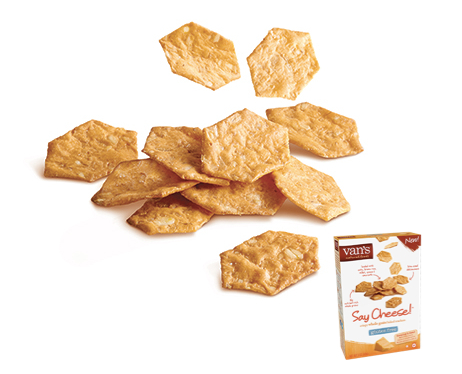 In their words, Say Cheese! is a seriously snackable multigrain crackers packed with delicious cheese taste. With totally terrific cheesy flavor and the perfect crispy crunch, these Say Cheese! Crackers are everyone’s favorite! And with 16g of nutrient-rich, gluten free whole grains, they’re a snack everyone will love.
In their words, Say Cheese! is a seriously snackable multigrain crackers packed with delicious cheese taste. With totally terrific cheesy flavor and the perfect crispy crunch, these Say Cheese! Crackers are everyone’s favorite! And with 16g of nutrient-rich, gluten free whole grains, they’re a snack everyone will love.
Here’s a list of their ingredients…
Ingredients:
Van’s Gluten Free Whole Grain Blend (Oats, Brown Rice Flour, Millet, Quinoa And Amaranth), non-GMO Expeller Pressed Sunflower and/or Safflower Oil, Potato Starch, Rice Flour, Cheddar Cheese (Cultured Milk, Salt, Enzymes), Whey, Brown Sugar, Salt, Buttermilk, Yeast Extract, Sesame Seeds, Sunflower Lecithin, Spices, Beta Carotene and Annatto Extract (for Color), Natural Flavors, Citric Acid, Natural Mixed Tocopherols for Freshness.
Contains: Milk.
Head on over to their site and check out where you can grab a pack of deliciousness today!
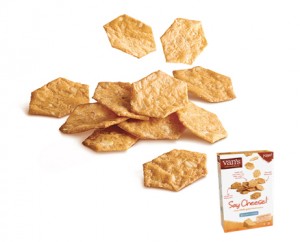
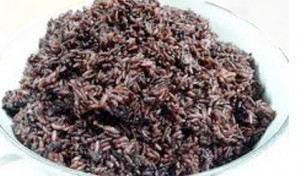
 As someone who avoids most grains, I do occasionally reach for some brown or black rice. As greenmedinfo continues to point out, ‘because of its dark color, black rice has the same antioxidants found in blueberries or blackberries, and is known for helping fight heart disease, cancer and other diseases. According to
As someone who avoids most grains, I do occasionally reach for some brown or black rice. As greenmedinfo continues to point out, ‘because of its dark color, black rice has the same antioxidants found in blueberries or blackberries, and is known for helping fight heart disease, cancer and other diseases. According to 